 |
 |
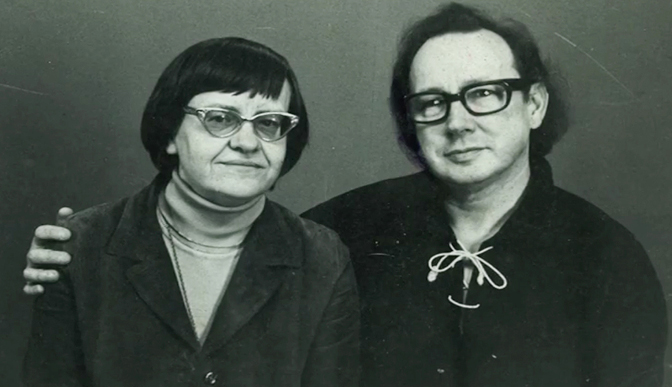 |
 |
Clifford
Wright
og hans hustru forfatteren
Elsa Gress.
Clifford Wright
and his wife the Danish
writer Elsa Gress. |
|
 |
Clifford
Wright (1919-1999).
Kunstneren
Charles Clifford Wright blev født som Oswald Kallunki
i staten Washington i USA den 19. november 1919, og døde
den 30. september 1999 i Damsholte på Møn.
Hans biologiske forældre var den finske
indvandrer, skovhugger Arvid Kallunki og hans hustru
Edith Pekkanen.
Navnet Charles Clifford Wright fik han af det
plejeforældrepar han voksede op hos nær Seattle, tømrer
Charles P. Wright og hustru Bertha May Hill. Han havde
ikke noget kendskab til sine biologiske forældre, før
han som voksen, opmuntret af venner fra
kunstnerkolonien Yaddo i Saratoga Springs, tog kontakt
til Røde Kors i håbet om, at de kunne være behjælpelige
med at finde forældrene. Adskillige år senere fik
han pludselig et telefonopkald fra Californien fra sin
biologiske far, som forklarede, at han havde sat sine
børn i pleje, da hans kone, Cliffords mor, døde, og
havde siden mistet kontakten til plejeforældrene på
grund af bureaukratisk rod. Clifford mødtes med sin
far og tog mange år senere til slægtens hjemby i det
nordlige Finland for at mødes med sine talrige slægtninge. |
|
|
 |
Wrights kunstneriske uddannelse begyndte i Seattle,
hvor han studerede på Cornish School of art hos bl.a. Mark Tobey og Walter Reese.
Tobey blev hans egentlige læremester og
livslange ven. Efter han havde arbejdet for Seattle
Art Museum (SAM) i en periode på tre år, rejste han
til New York i efteråret 1946. I 1947 modtog han
legat til ophold på kunstnerkolonien Yaddo.
Året efter vendte han tilbage og fik
stillingen som medhjælper for stedets direktør,
Elizabeth Ames, og blev til 1955. Det var her, han i
foråret 1952 mødte forfatteren Elsa Gress for første
gang.
Wright, der var kendt i
kunstnerkredse for at være biseksuel,
foretog i 1956 en dannelsesrejse til
Europa sammen med veltrænet ung mand
(han havde en svaghed for store muskler
hos både mænd og kvinder, særligt
kvindelige livvagter). Imidlertid
ankommet til Belgien blev Wright forladt
af sin unge ven, der havde taget
pengebeholdningen med, og således stod
den forsmåede alene i Europa uden midler
og tog kontakt til Elsa Gress, som han
havde haft et intimt forhold til efter
en fest på Yaddo år forinden.
Clifford Wright blev gift med Elsa Gress
og ægteskabet mellem det umiddelbart
ulige par blev livslangt.
Elsa Gress boede på det tidspunkt i en lille
koldtvandslejlighed i Teglgårdsstræde i København
sammen med sønnen David, som hun havde
med
den amerikanske litteraturprofessor Richard Warrington
Baldwin Lewis, der vedkendte sig faderskabet, men ikke
forpligtelserne.
Clifford og Elsa flyttede fra Teglgårdsstræde
til en lidt større koldtvandslejlighed på
Amagerbrogade i København og fik sammen børnene
Barbara og Jonathan, og Clifford adopterede David.
Et
billedsalg på 500 dollar i 1959 betød, at familien
kunne forlade den lille københavnerlejlighed og
flytte til den nedlagte skole i Åsø på Midtsjælland.
I Åsø dannede de Decenter, et kulturelt mødested
for kunstnere fra ind- og udland. Navnet Decenter var
en legende hentydning til forestillingen om offentligt
finansierede kulturcentre og i særdeleshed til
kulturminister Bodil Kochs lovforslag fra 1963 om
"Kulturhuse i Danmark", som ikke blev
fremsat, da det ansås for elitært.
Clifford og Elsas "de-center" modtog
derimod aldrig offentlig støtte og overlevede på
parrets sporadiske indtægter og frivillige bidrag fra
gæsterne.
I
1972 måtte Clifford Wright og Elsa Gress af økonomiske
grunde forlade Åsø gamle skole og blev tilbudt en
fribolig og arbejdsmaterialer til Clifford på
Marienborg gods ved Damsholte på Møn.
Godset var ejet af greve Peter Moltke, der var
ven af familien, og på Marienborg fortsatte Decenter
i nogle år, om end Moltkes sygdom og død i 1981 stærkt
indskrænkede aktiviteterne.
Her fik Wright et stort atelier, hvor størstedelen
at hans kunstneriske produktion er blevet til.
I
ægteskabet med Elsa Gress udlevede Wright sin
homoseksualitet i fantasien og i sin billedverden. Han
var glad for sin tilværelse i Danmark, dog lærte han
aldrig at tale dansk. Han var hjælpeløs omkring
praktiske spørgsmål og var afhængig af Elsa i alle
forhold, også de økonomiske, hun var hovedforsørgeren.
Han var stolt af Elsas litterære præstationer og den
berømmelse hun fik. Selv var han en tilbageholdende og beskeden
person,
der ikke
tog del i
selskabelighed, heller ikke da Dronning
Margrethe og Prins Henrik i januar 1982 kom
til Marienborg for at besøge ham og Elsa.
Clifford opholdt sig i køkkenet sammen med
betjeningen, mens Elsa underholdt sig med
regentparret i flere timer. Imidlertid
fortalte han med glæde i breve til venner og
bekendte om sine udstillinger, bestillinger
og de priser han modtog.
I foråret 1988 udstillede Wright i Det danske hus på Champs-Élysées
i Paris, og her var Elsa med for sidste gang, hun døde
få måneder efter. Clifford kom sig aldrig over tabet
af sin hustru og mistede lysten til at male.
Wrights arbejder har været udstillet i blandt andet
New York, Bruxelles, Paris, København, Ålborg og
Stockholm.
Han modtog legater fra The National
Academy of Arts and Letters, Huntington Hartford
Foundation, Yaddo, The Ingram Merrill Foundation og
Egill Jacobsens fond.
Hovedparten af Wrights produktion består af det fabulerende abstrakte
og det abstrakte figurative maleri, og hertil kommer
at han har udført en plakatserie for DSB og udsmykket
Sønderborg station (1989) samt lavet scenografi til
Det Kongelige Teater.
I 1963 udgav han bogen "Helten i den nye
verden", Borgens Forlag, hvor han beskriver
amerikansk kunst gennem årene. Endvidere har han udført
utallige illustrationer og bogomslag.
Det
har ofte været sagt om Wrights arbejder, at de ikke
kan rubriceres i det kassesystem, som kunsthistorikere
ofte søger som ramme for en kunstners produktion. Det
er ikke korrekt, med mindre man ønsker at demonstrere
en slavisk kronologisk årstalsrækkefølge. Wright
havde ikke den intellektuelle velovervejede tilgang
til sin kunst. Han
malede hvad han havde lyst til, var ubevidst søgende
af nødvendighed, og om der på fladen den ene dag
fremkom en abstrakt komposition og dagen efter en
monokrom fantasi, var helt i overensstemmelse med hans
måde at arbejde på. Wright havde, om ikke sine
perioder, så sine områder forstået på den måde,
at han altid vendte tilbage til abstraktionen,
figurationen, karikaturen og andre udtryksformer.
Specielt
karakteristisk for Wrights værker er, at han i
hovedparten af billederne bruger blæk/tusch. Disse
vandopløselige medier kan ikke umiddelbart
blandes med oliefarver, hvorfor der opstår den effekt
at det olieskyende blæk ligger som små perler ovenpå
olien og på mange af billederne danner et "tæppe
af ælde", som giver billederne en effektfuld
aura af mystik, hvor beskueren kan gå på opdagelse
og finde skjulte motiver, der undsiger sig ved første
blik. Den tachistiske
malemåde
som Mark Tobey lærte ham, gav ham friheden til at
begynde en maleproces uden egentligt mål i sigte og
derved lade underbevidstheden "tilsvine" det
blanke ark/nøgne lærred, som er mange kunstneres skræk.
Endvidere er Wrights arbejder karakteriseret ved figurative
abstraktioner, rene abstraktioner, drømmeverdenen,
eventyrlighed, den fabulerende fortælling,
spontanitet, dynamik, magi, kaos, orientalsk
inspiration, leg, livsglæde, humor, satire, elegante
kvinder, smukke mænd, langlemmede skikkelser, intens
farvevalg, gennemarbejdet baggrund, små penselstrøg,
konturer, skravering og et utal af materialer. |
 |
|
1 |
Marienborg gods, nedrevet i 1984/Marienborg
Manor, demolished in 1984. |
|
2 |
Gartnerboligen i Marienborg Park
hvor
Clifford Wright og Elsa Gress boede fra 1972. I dag er boligen
"Arbejdsrefugiet Villa Gress".
The gardener's house in Marienborg
Park where
Clifford Wright and Elsa Gress lived from 1972. Today "Villa Gress",
retreat for artists.
|
|
3 |
David Gress på gartnerboligens trappe/David
Gress standing on the steps of the gardener's house. |
|
4 |
Clifford
Wright og Elsa Gress' gravsted på
Damsholte kirkegård på Møn.
Clifford Wright and
Elsa Gress'
final resting place at
Damsholte cemetery at the
island of Moen. |
|
 |
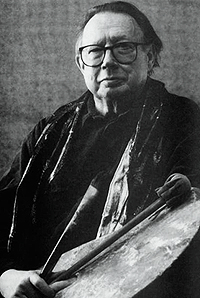 |
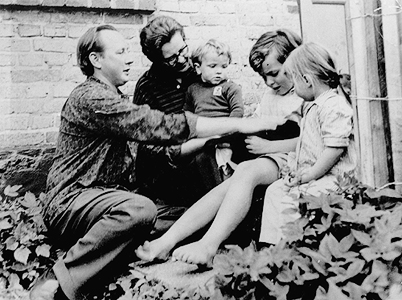 |
 |
 |
Clifford
Wright
fotograferet
i
forbindelse
med sin
store
retrospektive
udstilling
på
Den Frie i
1993.
Clifford
Wright,
1993. |
Clifford,
Elsa med Jonathan på skødet,
David
og Barbara, Åsø gamle skole.
Clifford, Elsa with
Jonathan on her lap,
David
and Barbara, the
schoolhouse in
Åsø. |
|
 |
Clifford
Wright (1919-1999).
The
artist Charles Clifford Wright was born as
Oswald Kallunki i Washington State, USA, on 19
November 1919 and died 30 September 1999 in
Damsholte on the island of Moen, Denmark.
His biological parents were the Finnish
immigrant and lumberjack Arvid Kallunki and his
wife Edith Pekkanen.
Wright got his name from and grew up near
Seattle with foster parents Charles P. Wright, a
carpenter, and his wife Bertha May Hill. He had no knowledge of his biological parents until many years
later, when, encouraged by friends at the
artists’ colony Yaddo in Saratoga Springs, N.Y.,
he got in touch with the Red Cross in the hope
that they could help him find his parents.
Some years later he got an unexpected
phone call from California.
It was his biological father who
explained that he had put his children in foster
care when his wife, Clifford’s mother, died,
and that he had lost contact to the foster
parents due to a bureaucratic mix-up.
Clifford went to see his father and years
later visited his father’s home town in
northern Finland to meet his numerous Finnish
relatives.
|
|
|
 |
Wright's
training as a painter began in Seattle, where he
studied at the Cornish School of Art with Mark
Tobey and Walter Reese, among others.
Tobey became his true mentor and a
life-long friend.
After working at the Seattle Art Museum
(SAM) for three years he left the Northwest for
New York in the fall of 1946.
In 1947, he was awarded a stay at Yaddo.
He returned next year to take a position
as assistant to the director of Yaddo, Elizabeth
Ames, and remained until 1955.
In the summer of 1952, he met the writer
Elsa Gress, his future wife, who was one of that
year’s grantees.
In 1956,
Wright, who was known to fellow-artists as
bisexual, went on his first tour
of Europe with a well-built young man – Wright
had a thing for big muscles in both men and
women, especially female life-guards.
When they got to Antwerp, however, Wright
was abandoned by his young friend, who had taken
all the cash. Spurned,
Wright was alone in Europe without a cent, so he
got in touch with Elsa Gress, with whom he had
had a fling after a party at Yaddo back in
’52. Weeks after arriving in Copenhagen,
Wright married Elsa Gress and this marriage of
two seemingly so different characters lasted
until Elsa’s death in 1988.
At that
time, Elsa Gress was living in a little
cold-water apartment on Teglgaardsstræde in
central Copenhagen with her son David, whom she
had by the American literary scholar Richard
Warrington Baldwin Lewis, who acknowledged
paternity, but no responsibilities. In the spring of 1957, Clifford and Elsa
moved from Teglgårdsstræde to a somewhat
larger cold-water apartment on Amagerbrogade in
Copenhagen. While living there they had, a year
apart, their two children Barbara and Jonathan,
while Clifford adopted David.
A lucky
picture sale in 1959 yielded $500, which allowed
the family to leave the Copenhagen apartment and
move to a disused village schoolhouse in Åsø
the middle of Zealand.
There they created Decenter, a place of
encounter for artists from Denmark and abroad. The name was a play on ”center”,
specifically the notion of government-supported
centers of culture such as those proposed by the
then minister of culture, Bodil Koch, in 1963.
The proposal was never put into practice
because it was seen as elitist.
Clifford and Elsa’s ”de-Center”, on
the other hand, never received government money
and survived mainly on Elsa’s and Clifford’s
sporadic income and contributions by visitors.
In 1972,
for financial reasons, Clifford Wright and Elsa
Gress had to abandon the old school in Åsø. Fortunately, they had the offer of free
housing and painting supplies for Clifford on
the estate of Marienborg on the island of Moen,
owned by Count Peter Moltke, a family friend,
and so Decenter continued at Marienborg,
although Moltke’s illness and death in 1981
severely circumscribed its activities. Wright was given the run of a very large
studio, where the major part of his artistic
work came into being.
As
husband to Elsa Gress, Wright lived his
homosexuality in his imagination and in the
imagery of some of his paintings.
He was happy with his life in Denmark,
although he never learned to speak the language.
He was helpless in many practical matters and
dependent on Elsa in all respects, including
money, since she was the chief earner.
He was proud of Elsa’s literary and
dramatic achievements and of her fame.
For his part, he was a retiring and
modest person, who rarely took part in
festivities with strangers, not even when Her
Majesty Queen Margrethe and the Prince Consort,
Henrik, visited Marienborg in January of 1982.
Clifford stayed in the kitchen with the
servants while Elsa entertained the royal couple
for hours. In
letters, however, he happily and at length told
friends about his exhibitions, commissions, and
awards.
In the
spring of 1988, Wright exhibited at the House of
Denmark on the Champs-Élysées in Paris, and
Elsa was along for the last time; she died that
July. Clifford
never recovered from the loss of his wife and
lost the desire to paint.
Wright’s
work has been exhibited, among other places, in
New York, Brussels, Paris, Copenhagen, Aalborg
and Stockholm.
He
received grants from The National Academy of
Arts and Letters, the Huntington Hartford
Foundation, Yaddo, the Ingram Merrill Foundation,
and the Egill Jacobsen Foundation.
Most of
Wright’s work consists of fantastic
abstractions and abstract figurative pieces.
He designed a series of posters for DSB,
the Danish State Railways, decorated the
railroad station in Sønderborg (1989, his last
completed work), and designed costumes for the
production of the play "Tom Paine" by
Paul Foster at the Royal Theater in Copenhagen
(1968).
In 1962
he published a book on the history and character
of American art entitled "The Hero of the
New World", issued in Danish by Borgens
Forlag. He
was a prolific illustrator and designer of book
jackets.
Many have
said of Wright’s work that it cannot be
contained in the systems of classification often
needed by art historians and critics to define
and locate the work of an artist.
This is not true, unless one insists on a
slavishly chronological sequence of styles.
Wright’s approach to his own work was
not based on any strict intellectual category.
He painted as he wished and was
unconsciously a seeker, and if one day he
provided the flat surface with an abstract
composition, and the next a monochrome fantasy,
this was quite consistent with his way of
working. Wright
may not have had strictly defined periods, but
he had his areas of focus in the sense that he
constantly returned to them: abstraction,
figuration, the poster, the caricature, and
certain others.
Many of Wright’s works
are characterized by use of ink/Indian ink.
These
water-soluble media cannot
out of hand be mixed with oil paint, and the
oil-shying ink forms small pearls on top of the
oil, creating a
"layer
of antiquity",
which gives the paintings a striking aura of
mystery, where the spectator can go on a voyage
of discovery and find hidden motifs. The Tachist
way of painting which Mark Tobey taught him,
gave him freedom to begin an aimless painting
process, permitting the subconscious mind to
"mess
up" the blank sheet of paper/blank
canvas, something many painters are afraid of.
Furthermore Wright's works are characterized by
figurative
abstraction, pure abstraction, dream worlds,
fantasies, imaginary tales, spontaneity,
dynamism, magic, chaos, Oriental inspiration,
play, "joi de vivre", humor, satire,
elegant ladies, handsome men, long-limbed
figures, intense choice of color, detailed
backgrounds, small brushstrokes, contours,
hatching, and a wide range of materials.
|
  |
 |
|
Drop Down Menu
|
 |
Yaddo
sommeren 1955.
Kør musen over billedet for
at se, hvor Clifford Wright
står.
Yaddo,
summer of 1955. Mouse over the image
to see where Clifford Wright
is standing. |
 |
|
|
 |
Bageste række/Top Row:
Isadore Freed, George P. Elliott,
Michael Seide, Katherine Shattuck,
Virginia Dehn, Geoffrey Wagner, Milton
Avery, Sally Avery, Sam Astrachan, Edgar
Johnson, Earl Zindars (in rear), Eleanor
Johnson, Neil Weiss, Jarvis Thurston, Clifford
Wright, David Fremack.
Nederste række/Bottom
Row:
Hortense
Calisher,
Patience
Haley,
Maude
Morgan,
Adolph
Dehn,
Colleen
Browning,
Anita
Lerner,
Elizabeth
Olds |
 |
|
Video, Clifford Wright, "The
Yaddo Diary" |
|
|
 |
Fotos fra udstillingen "Elsas
Genkomst", august 2019,
Sukkerfabrikken, Stege
samt fotos af Gress-Wright
familien og deres hjem i
Teglgårdsstræde,
Amagerbrogade og Åsø gamle
skole |
 |
|
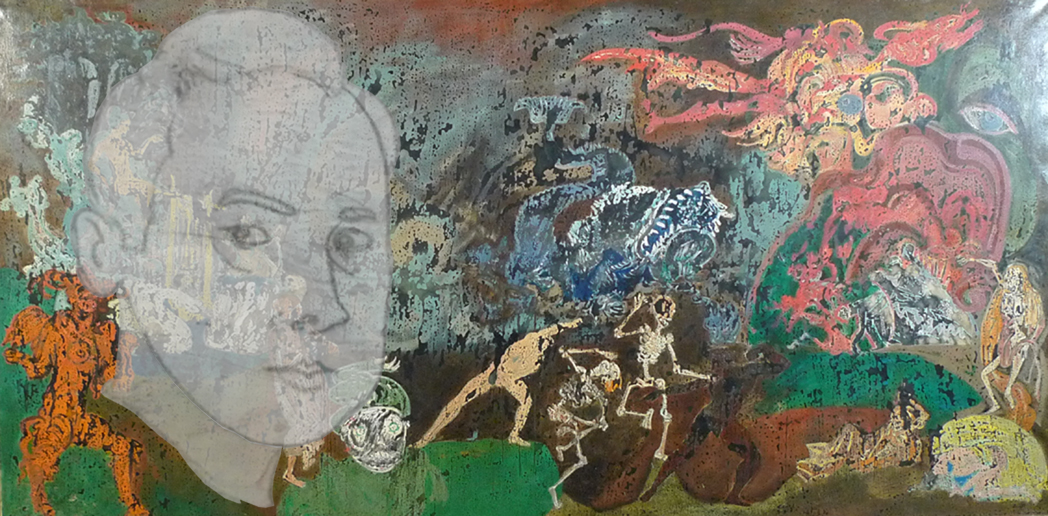 |
|
|
|
 |
|
Billedgalleri/Gallery |
 |
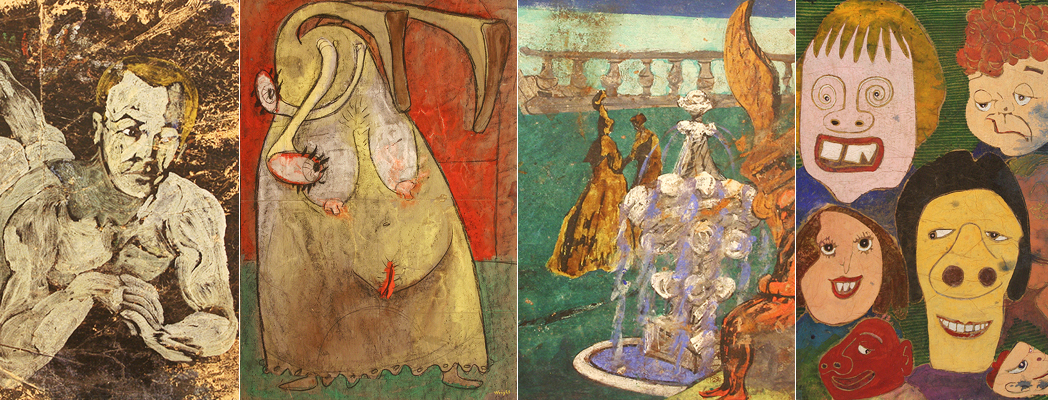 |
|
|
Abstrakt figurativ
monokrome fantasier/Abstract
figurative
monochrome fantasies |
|
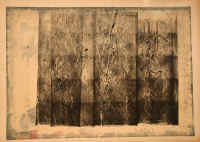 |
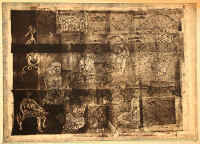 |
 |
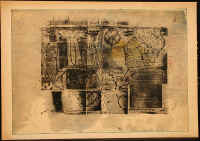 |
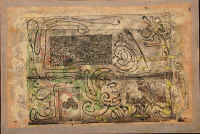 |
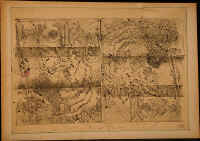 |
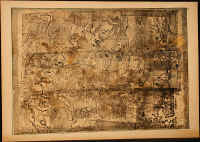 |
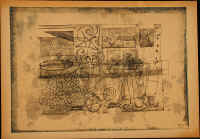 |
 |
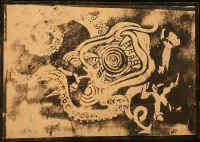 |
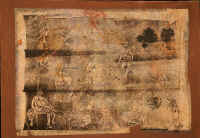 |
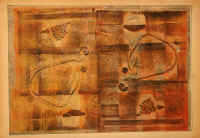 |
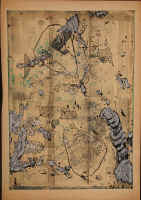 |
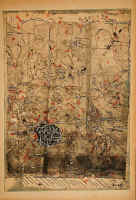 |
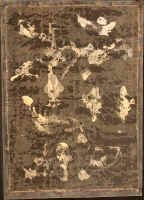 |
 |
 |
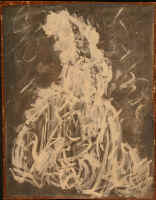 |
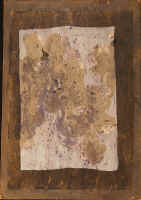 |
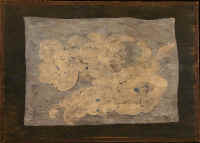 |
|
Abstrakt figurativ
fantasier/Abstract
figurative fantasies |
|
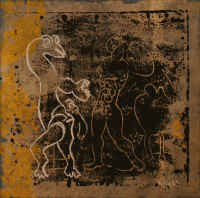 |
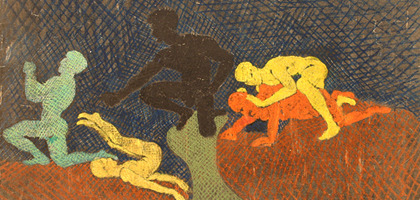 |
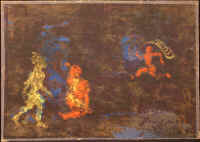 |
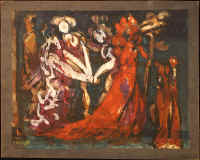 |
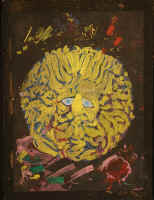 |
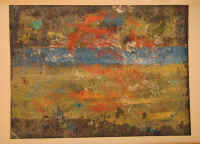 |
 |
|
|
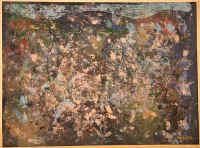 |
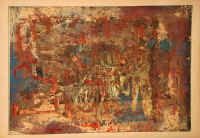 |
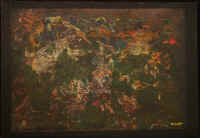 |
 |
 |
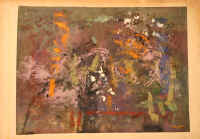 |
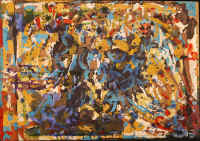 |
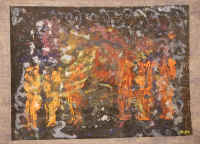 |
 |
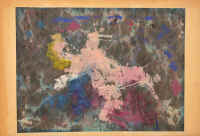 |
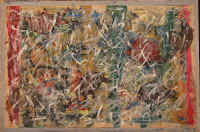 |
 |
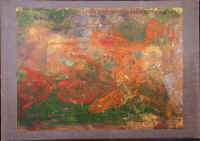 |
 |
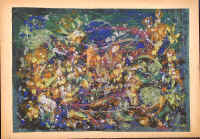 |
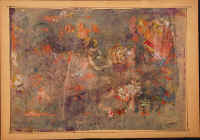 |
 |
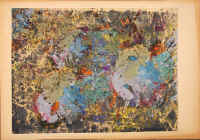 |
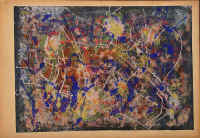 |
 |
 |
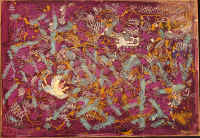 |
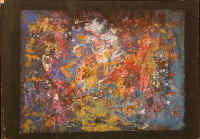 |
 |
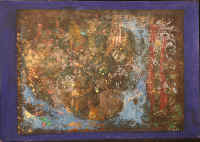 |
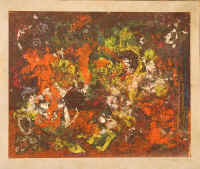 |
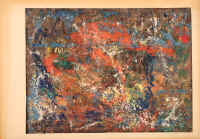 |
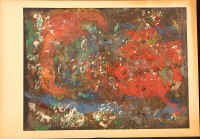 |
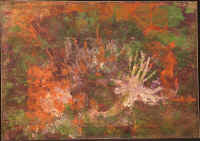 |
 |
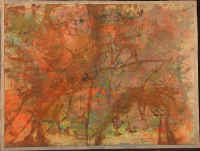 |
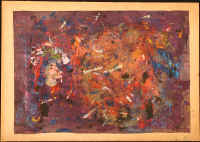 |
 |
 |
 |
 |
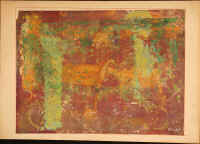 |
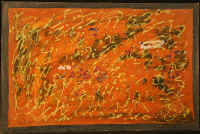 |
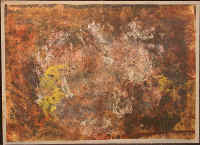 |
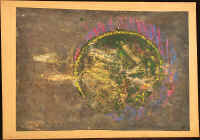 |
 |
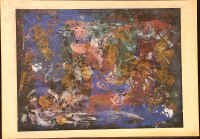 |
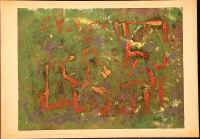 |
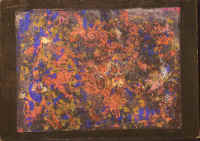 |
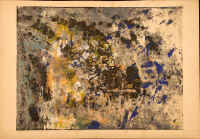 |
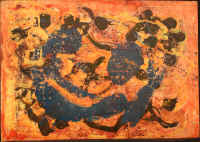 |
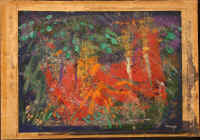 |
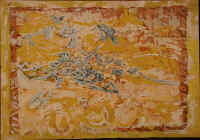 |
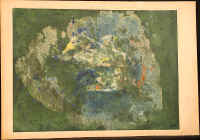 |
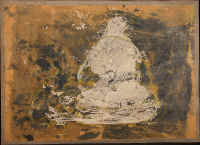 |
 |
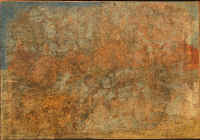 |
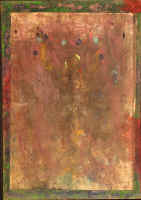 |
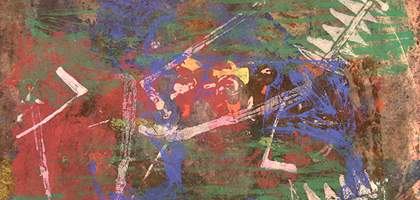 |
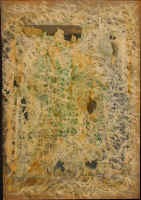 |
 |
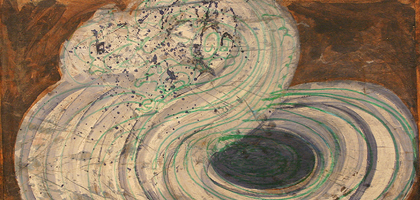 |
 |
 |
 |
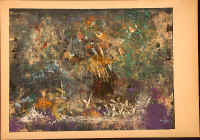 |
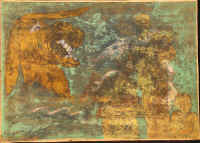 |
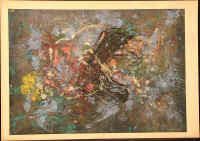 |
 |
 |
 |
|
Abstrakt figurativ/Abstract
figurative |
|
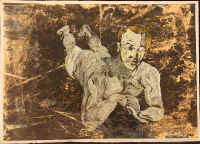 |
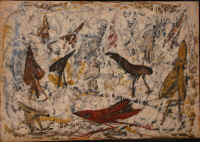 |
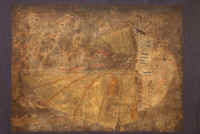 |
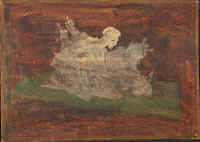 |
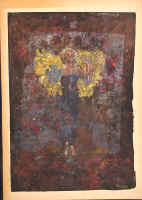 |
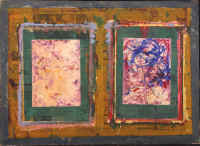 |
 |
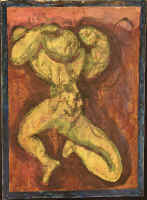 |
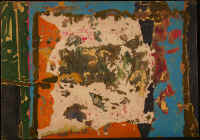 |
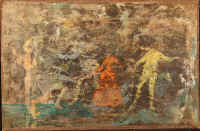 |
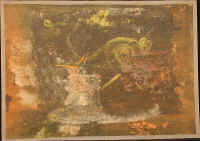 |
 |
 |
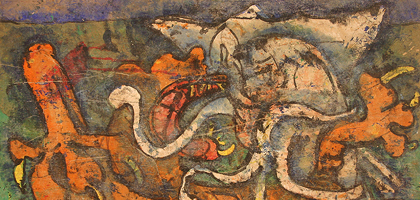 |
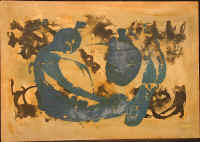 |
|
|
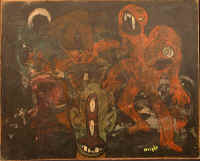 |
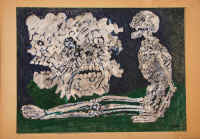 |
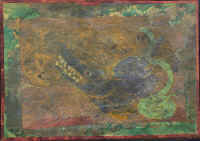 |
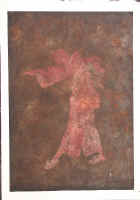 |
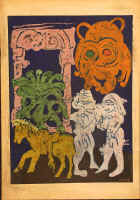 |
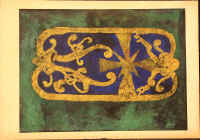 |
 |
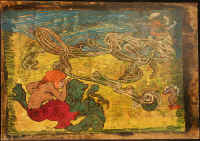 |
 |
 |
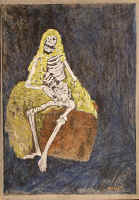 |
 |
|
|
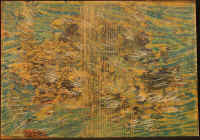 |
 |
 |
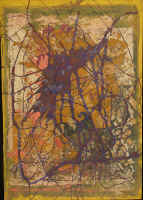 |
|
Orientalsk
inspiration/Oriental
influence |
|
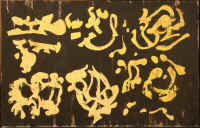 |
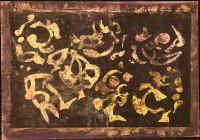 |
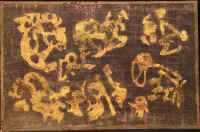 |
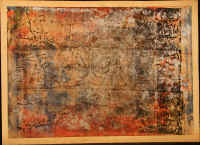 |
 |
 |
 |
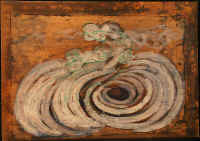 |
|
|
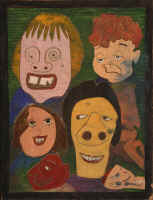 |
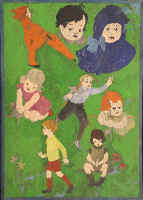 |
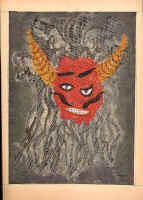 |
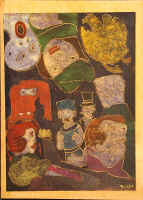 |
|
|
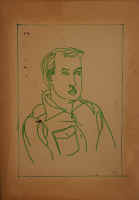 |
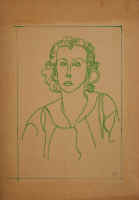 |
 |
 |
 |
 |
 |
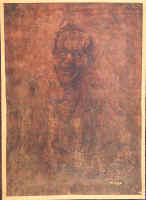 |
 |
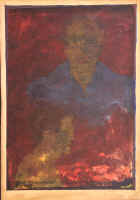 |
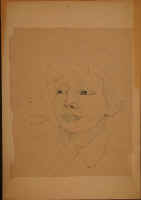 |
 |
 |
 |
|
|
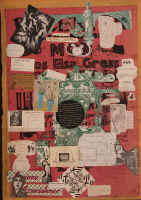 |
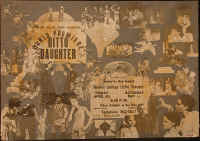 |
 |
 |
|
|
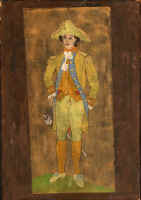 |
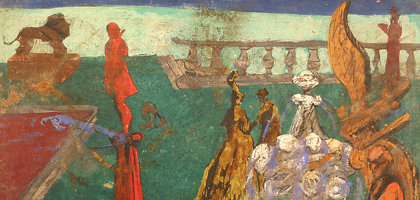 |
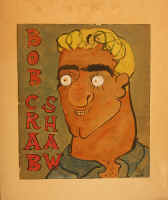 |
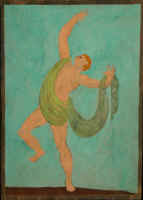 |
 |
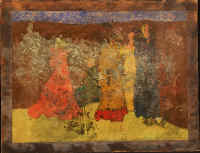 |
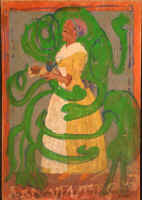 |
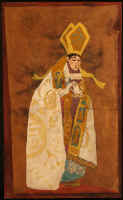 |
 |
 |
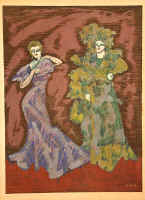 |
|
|

